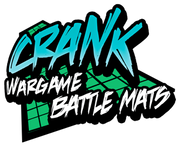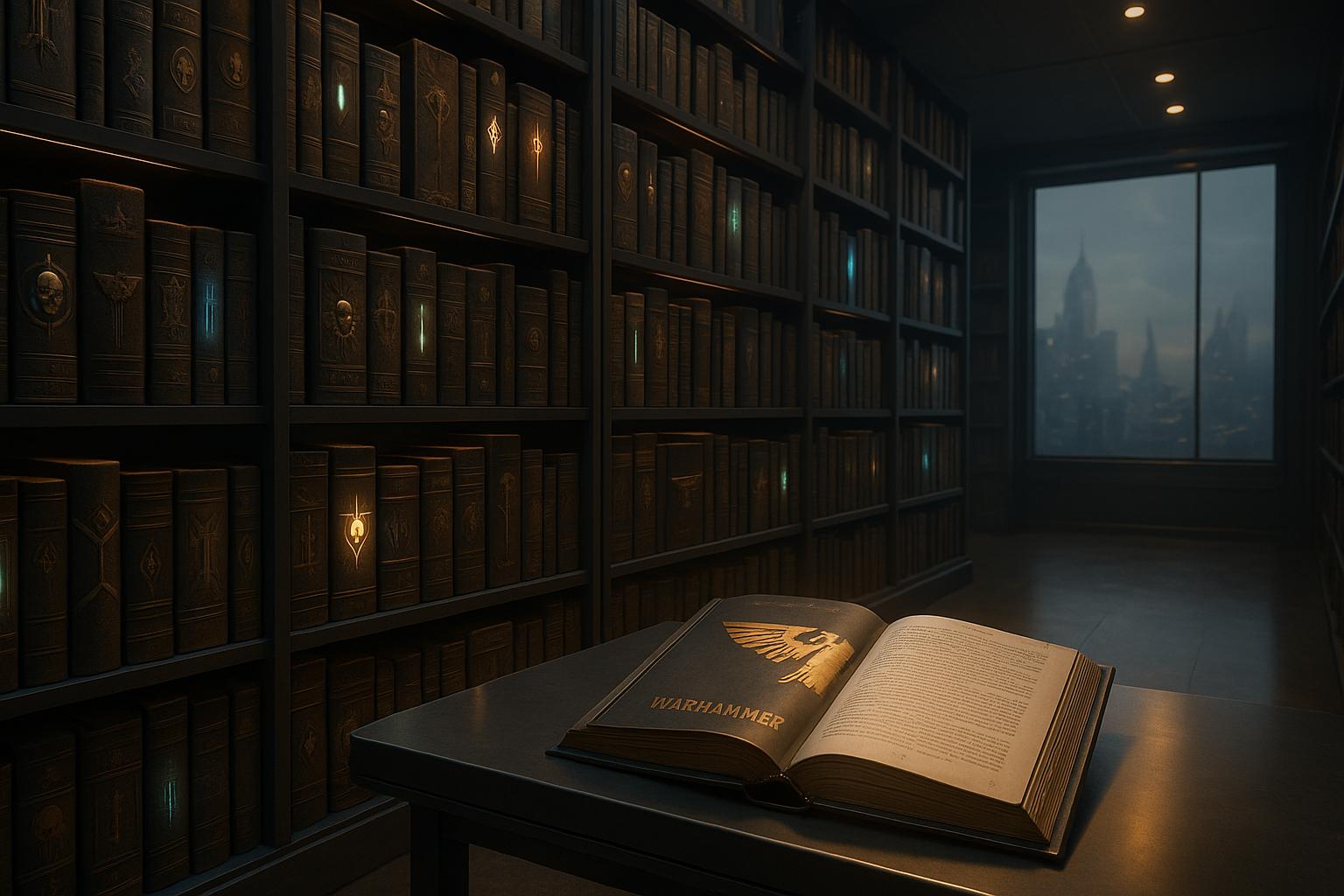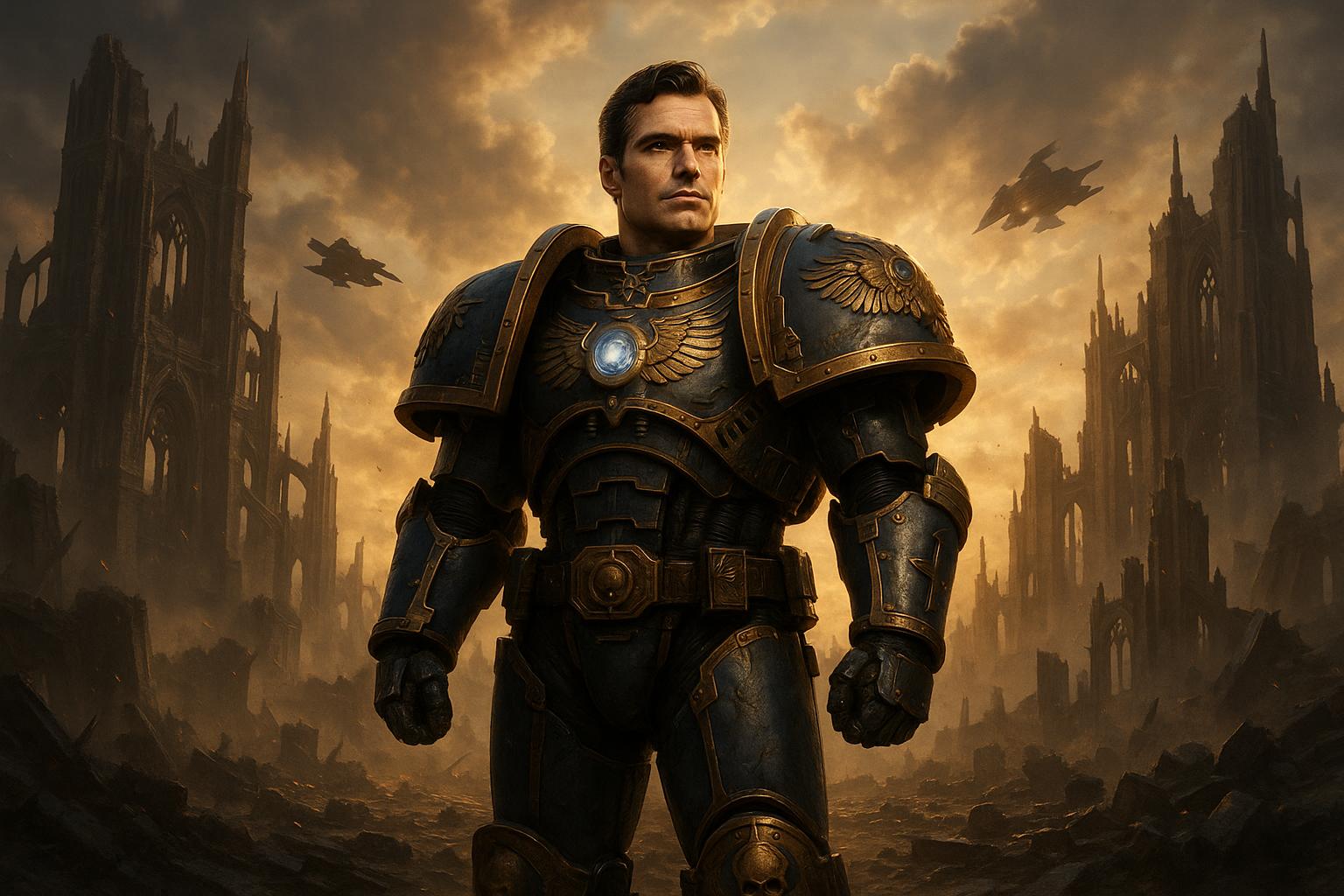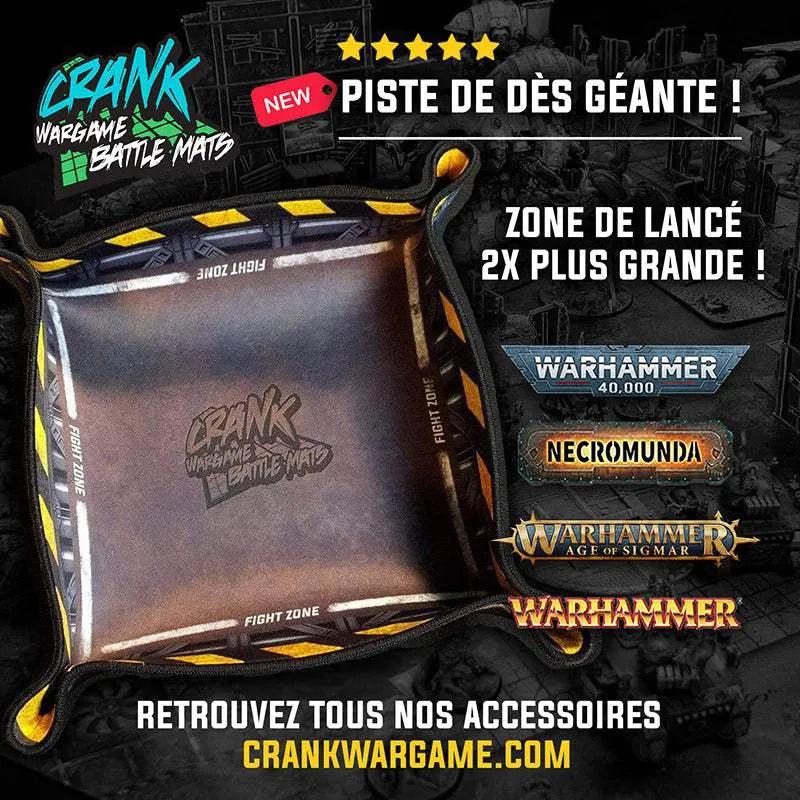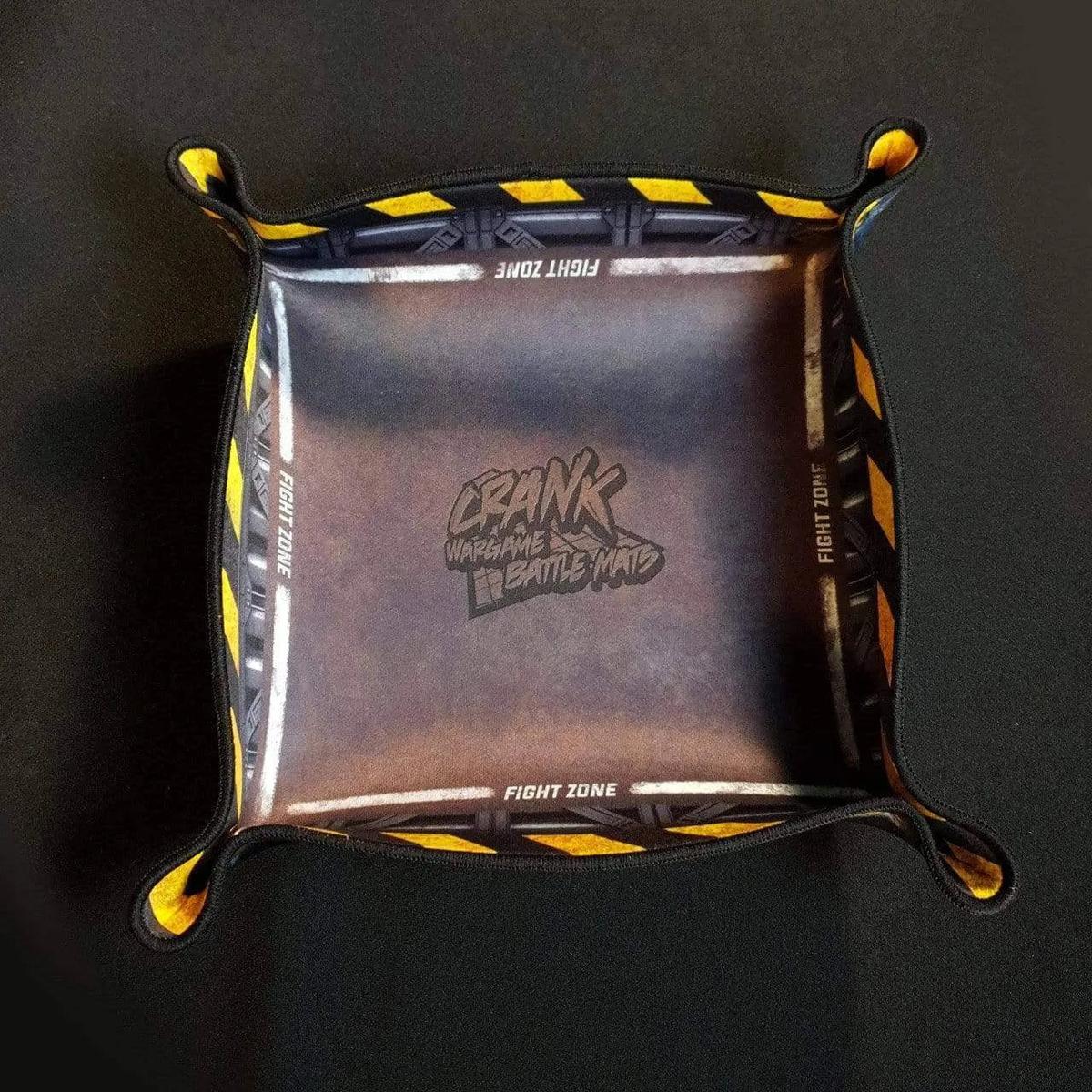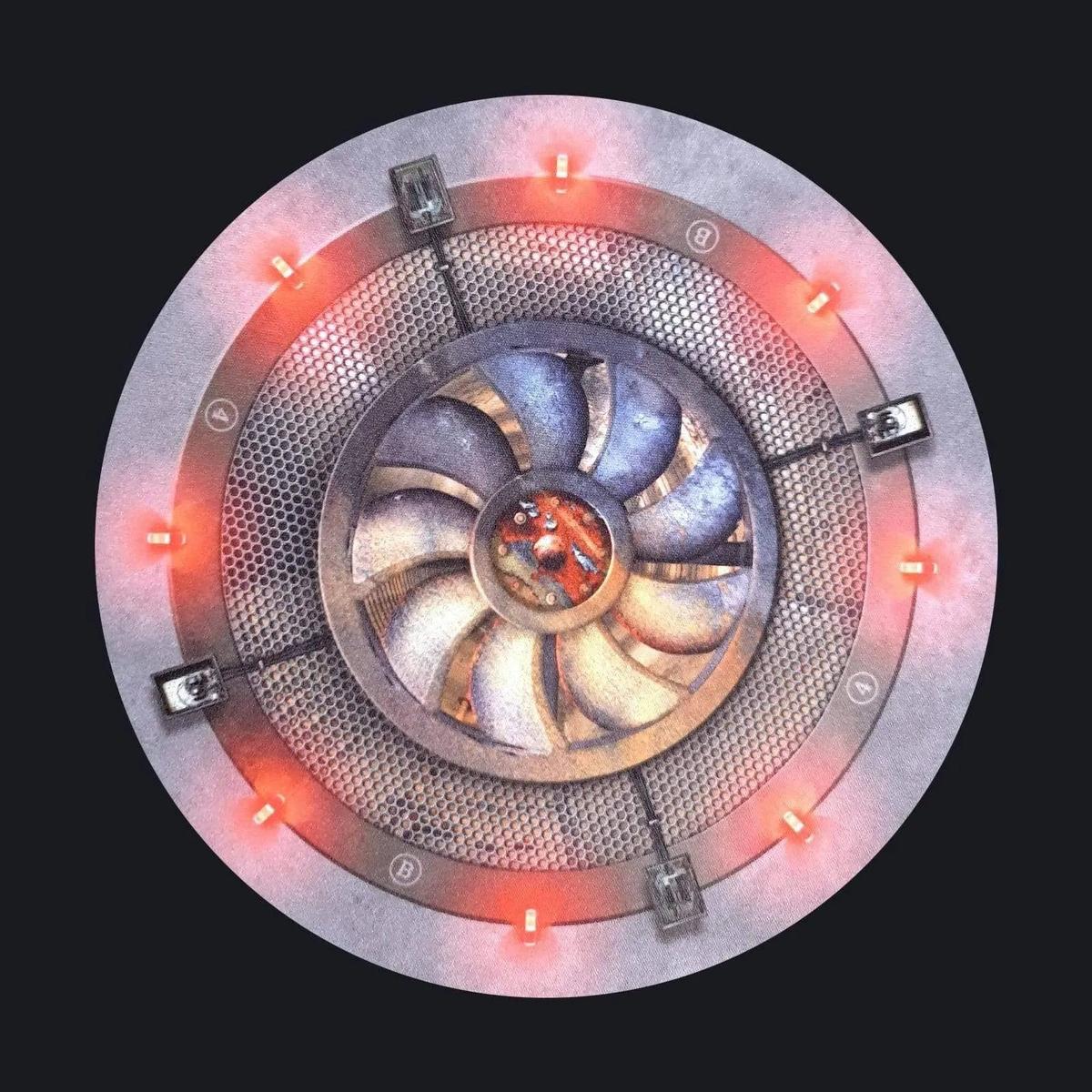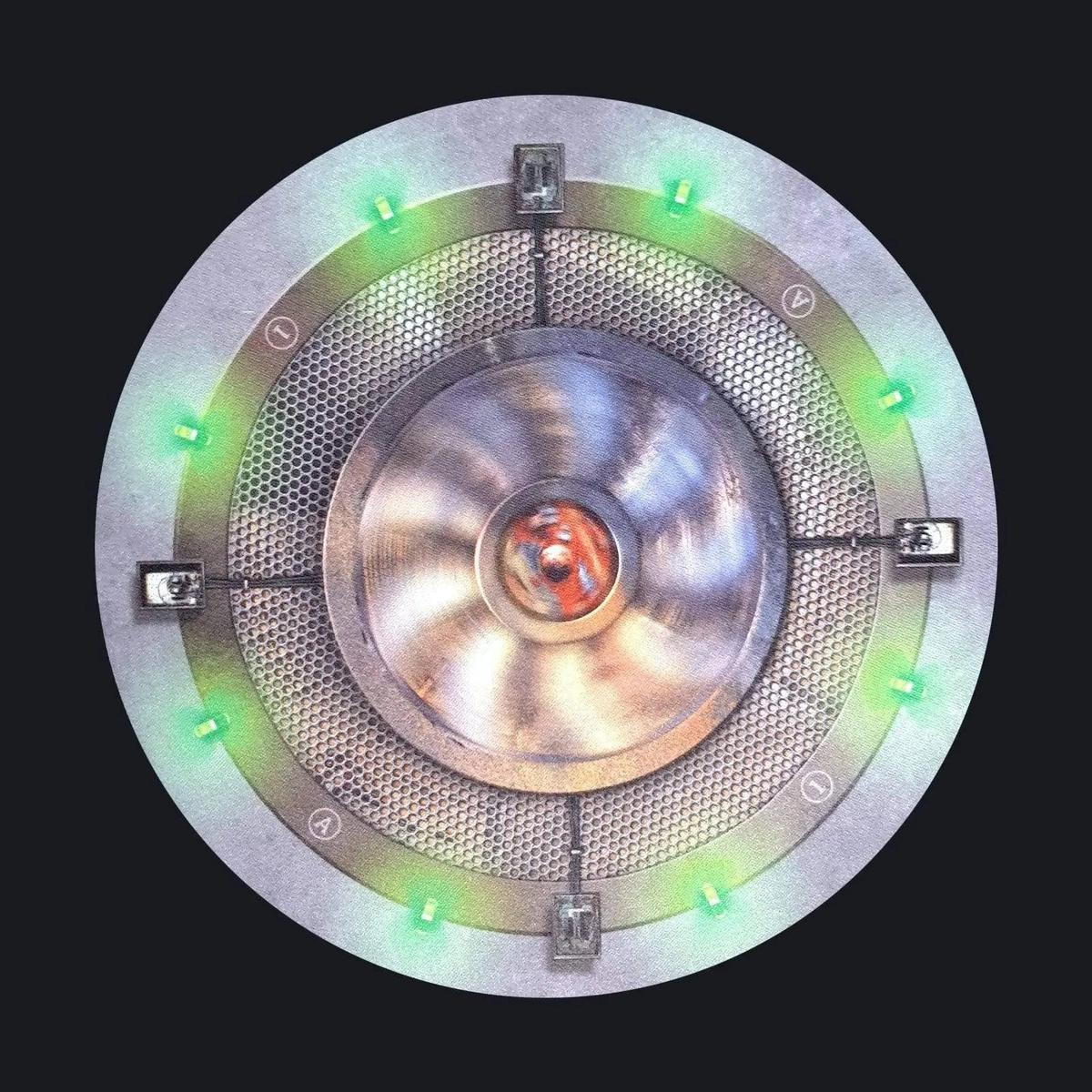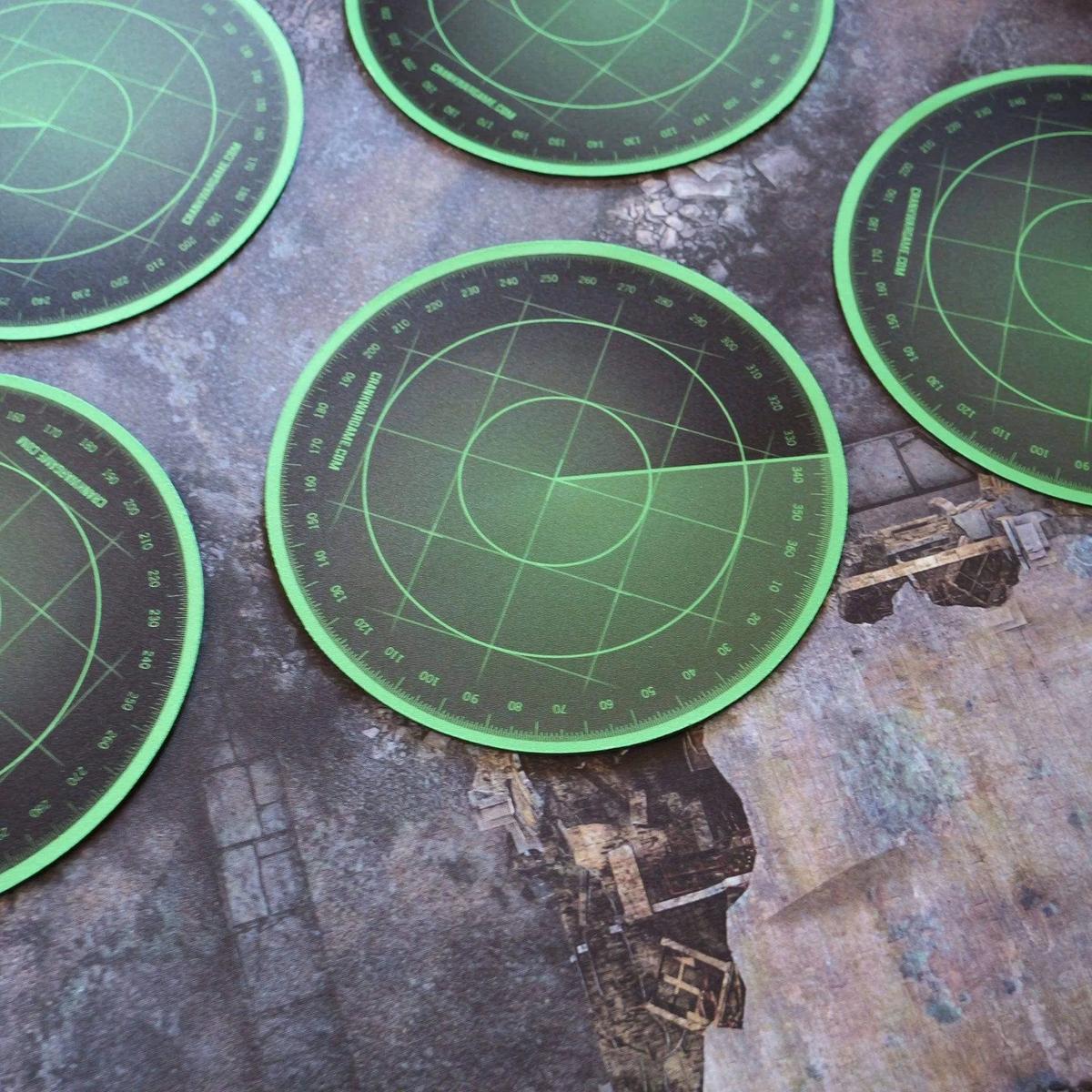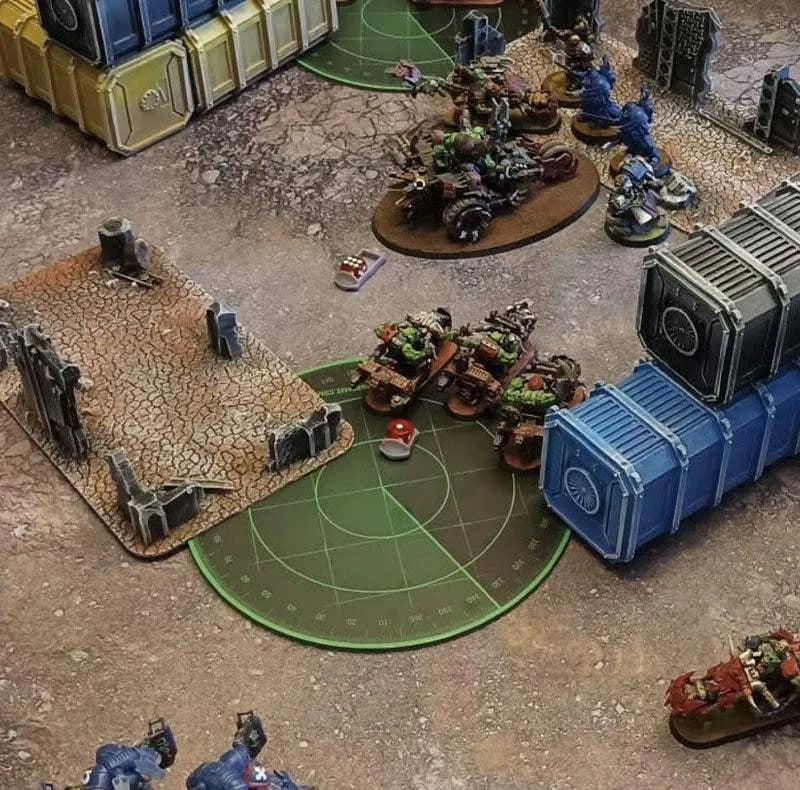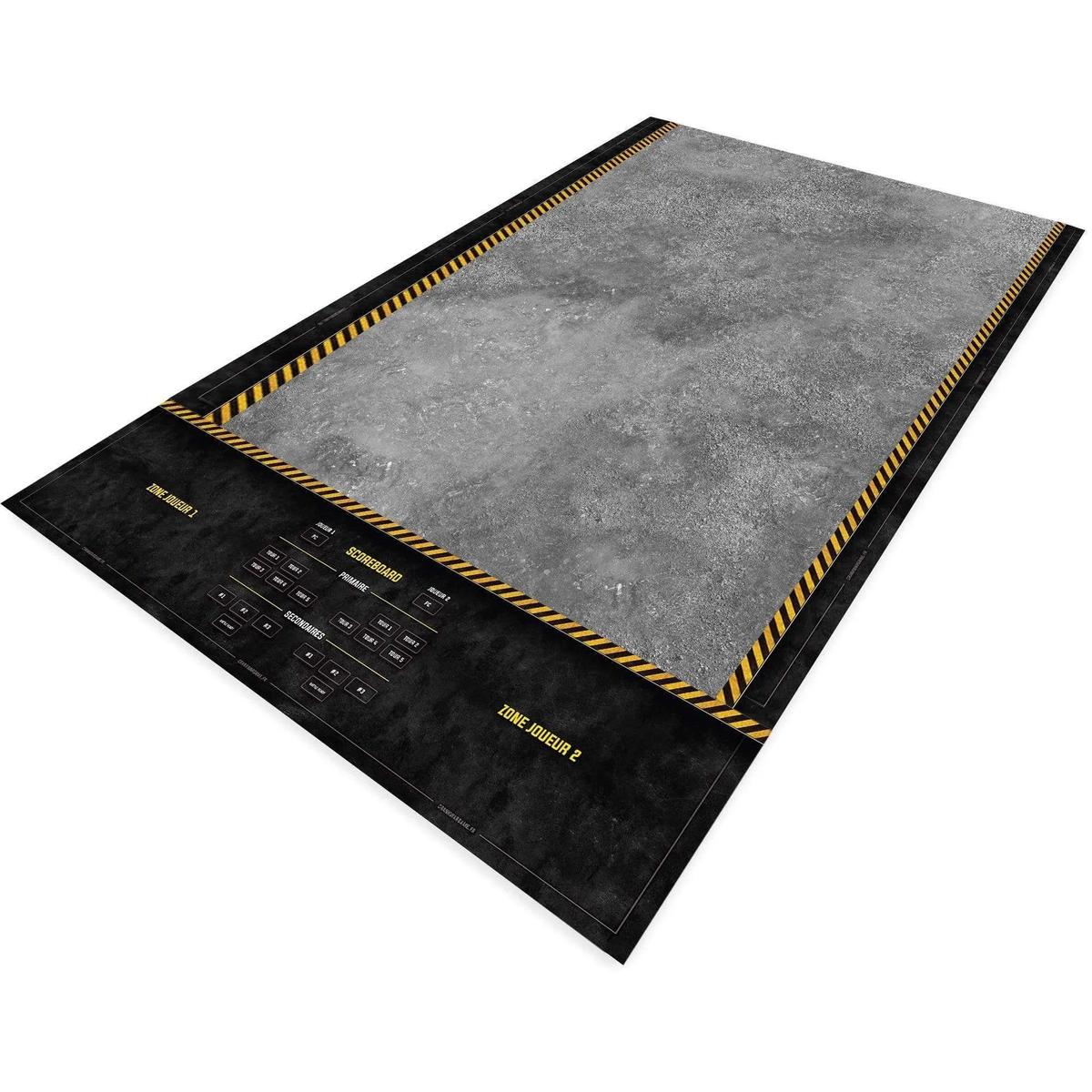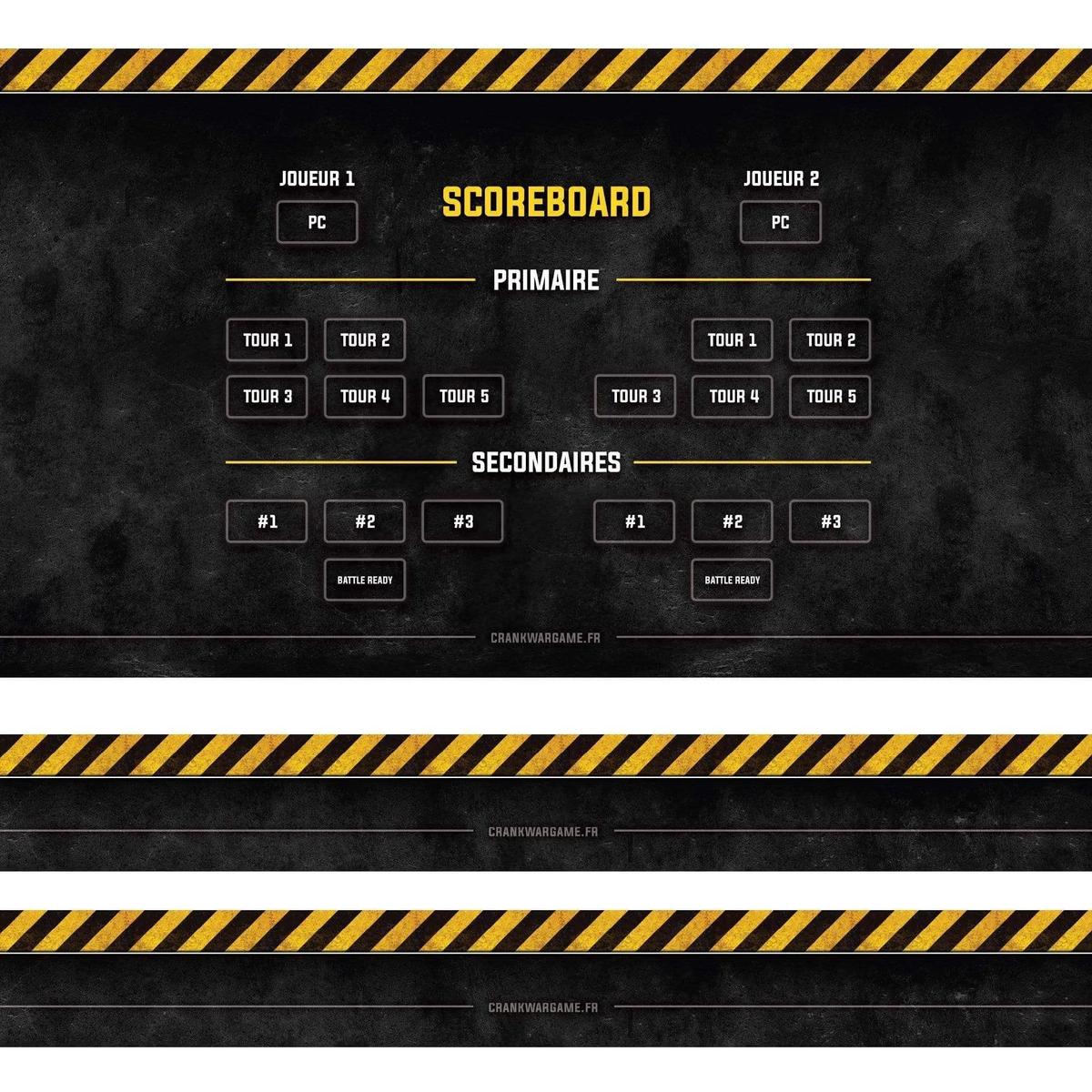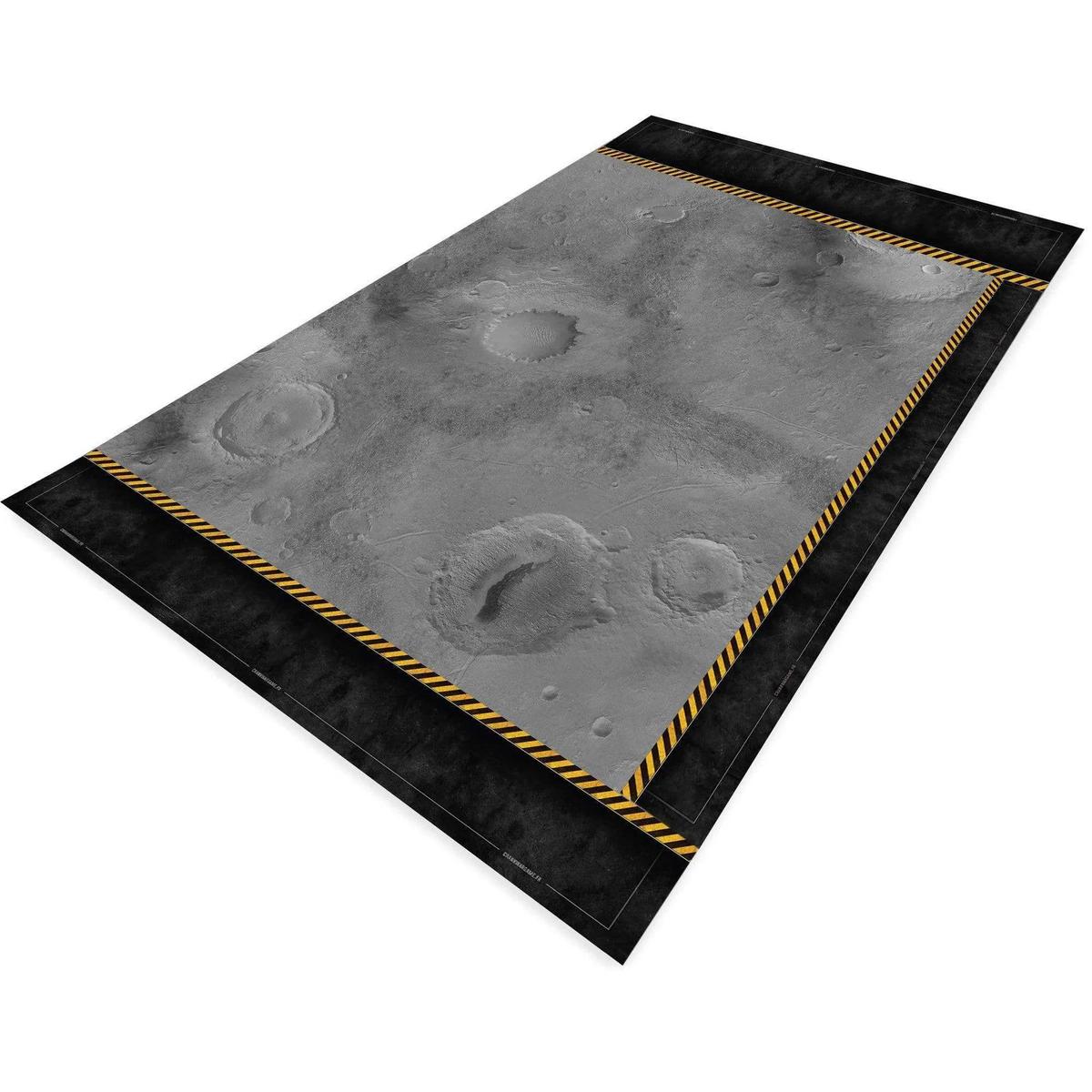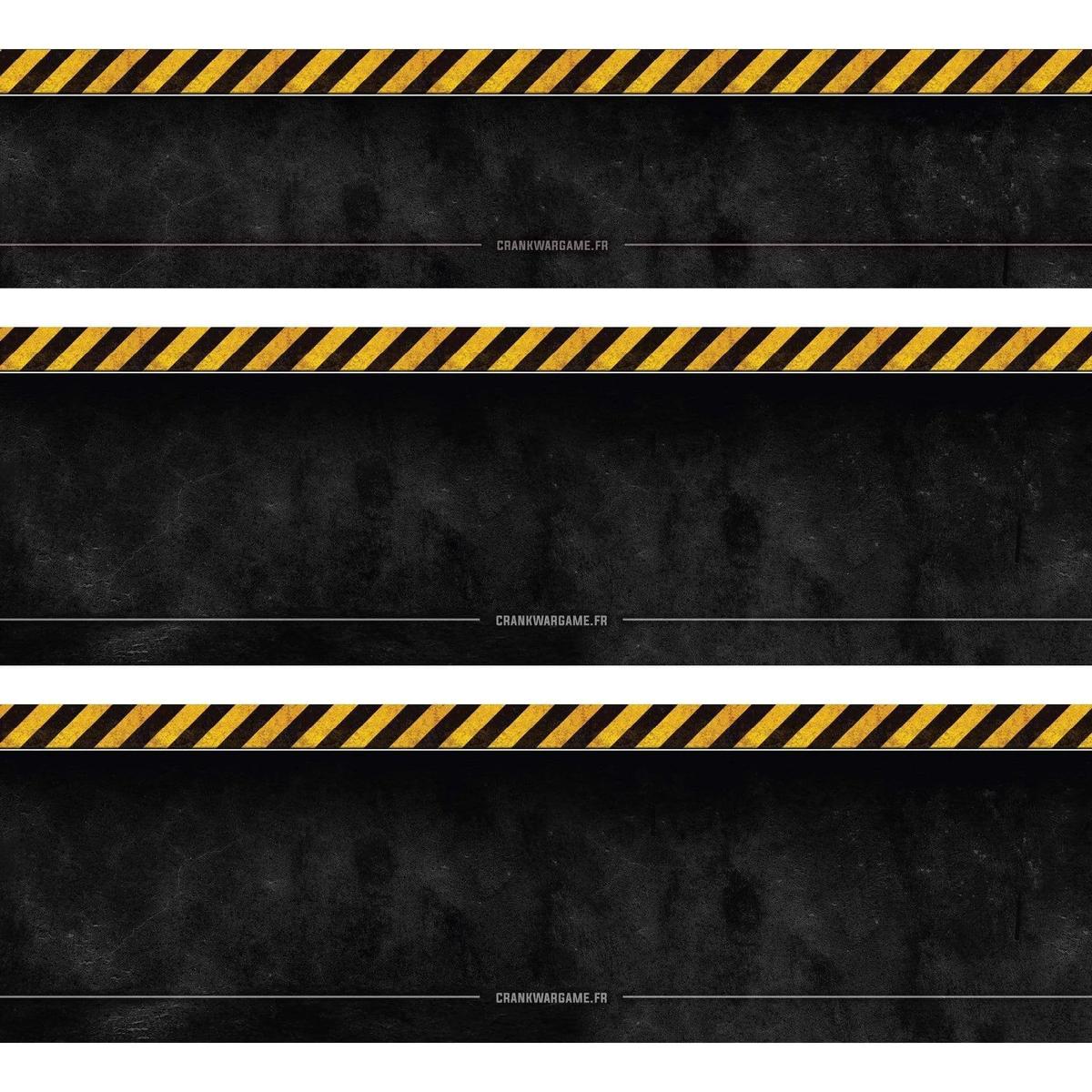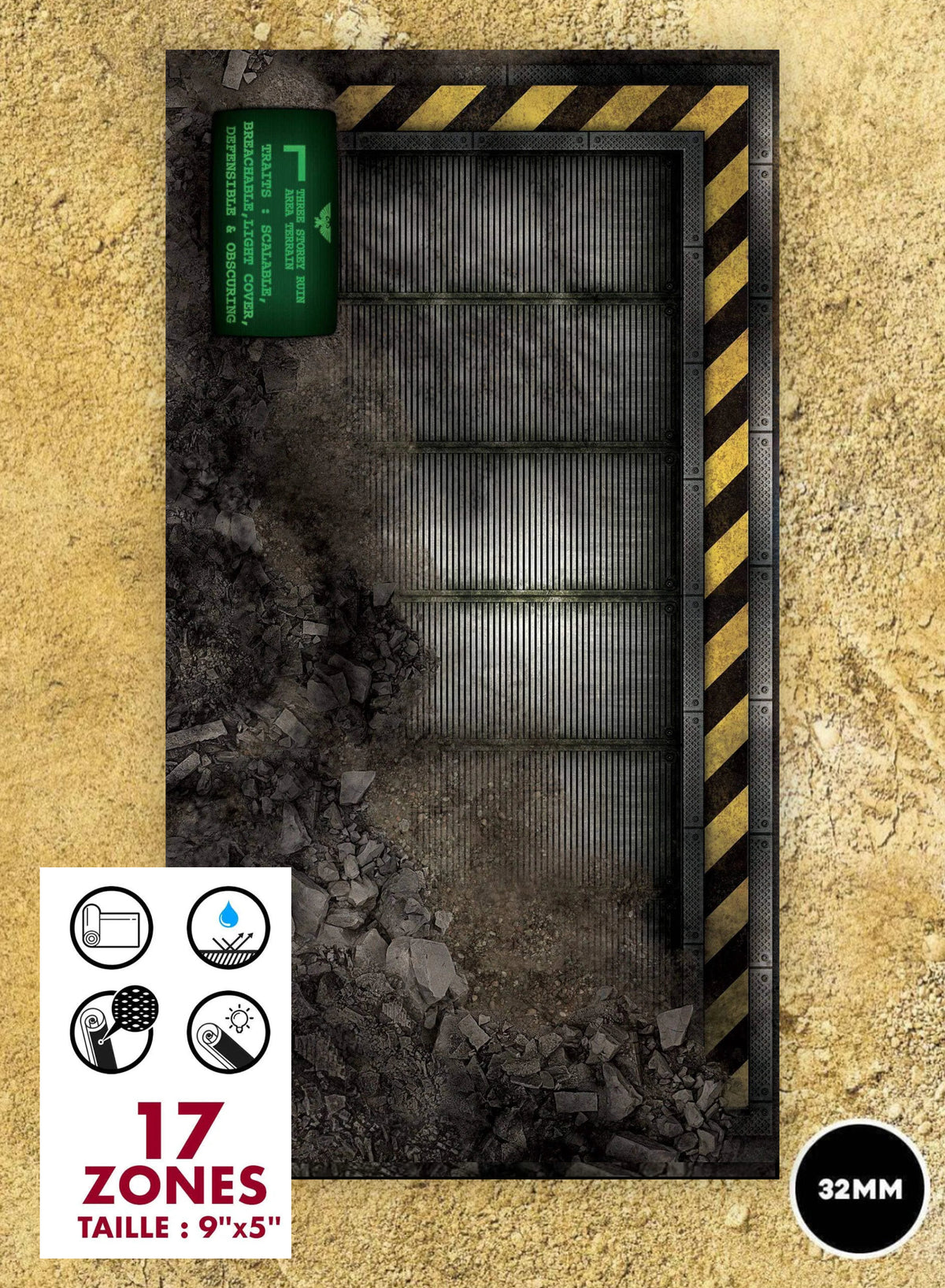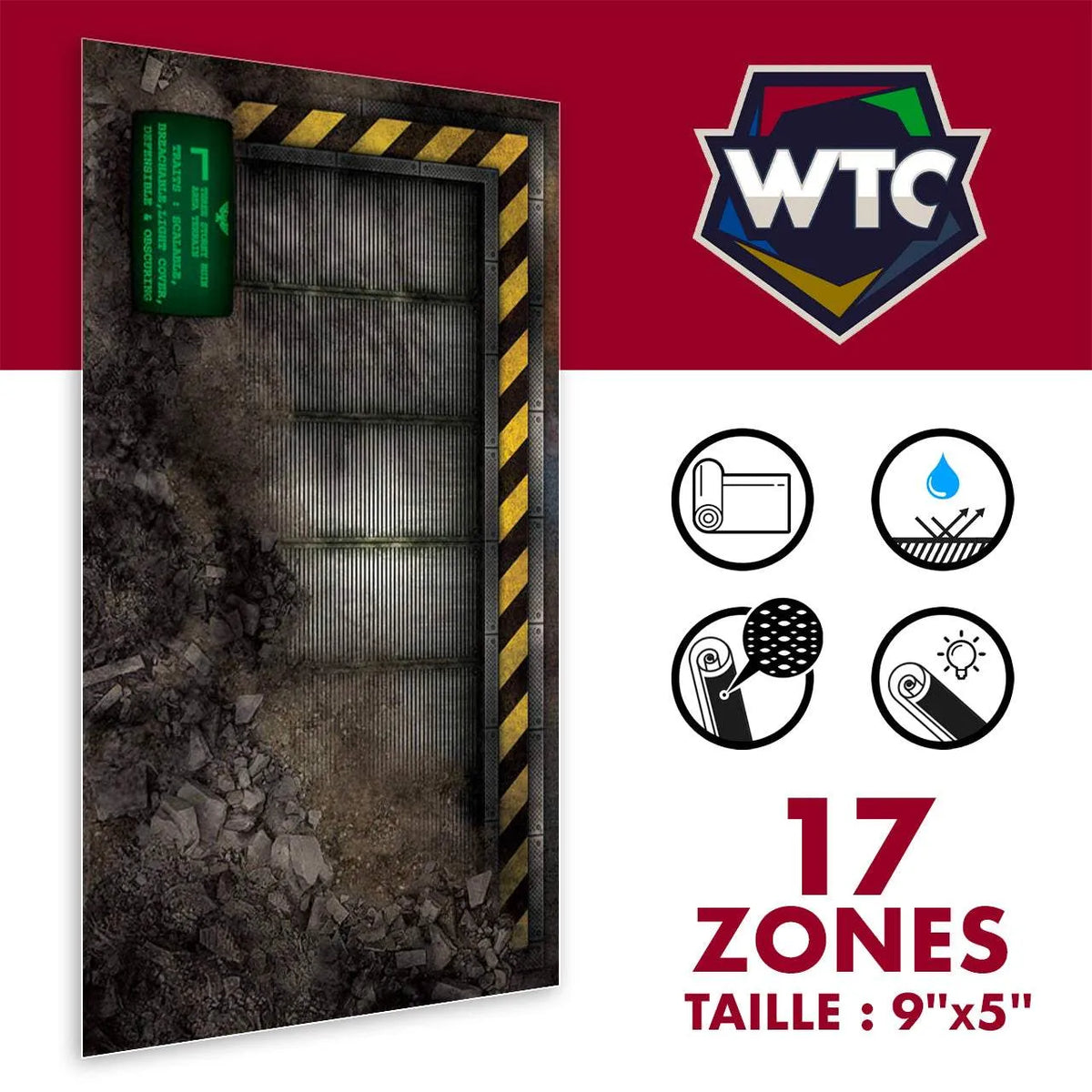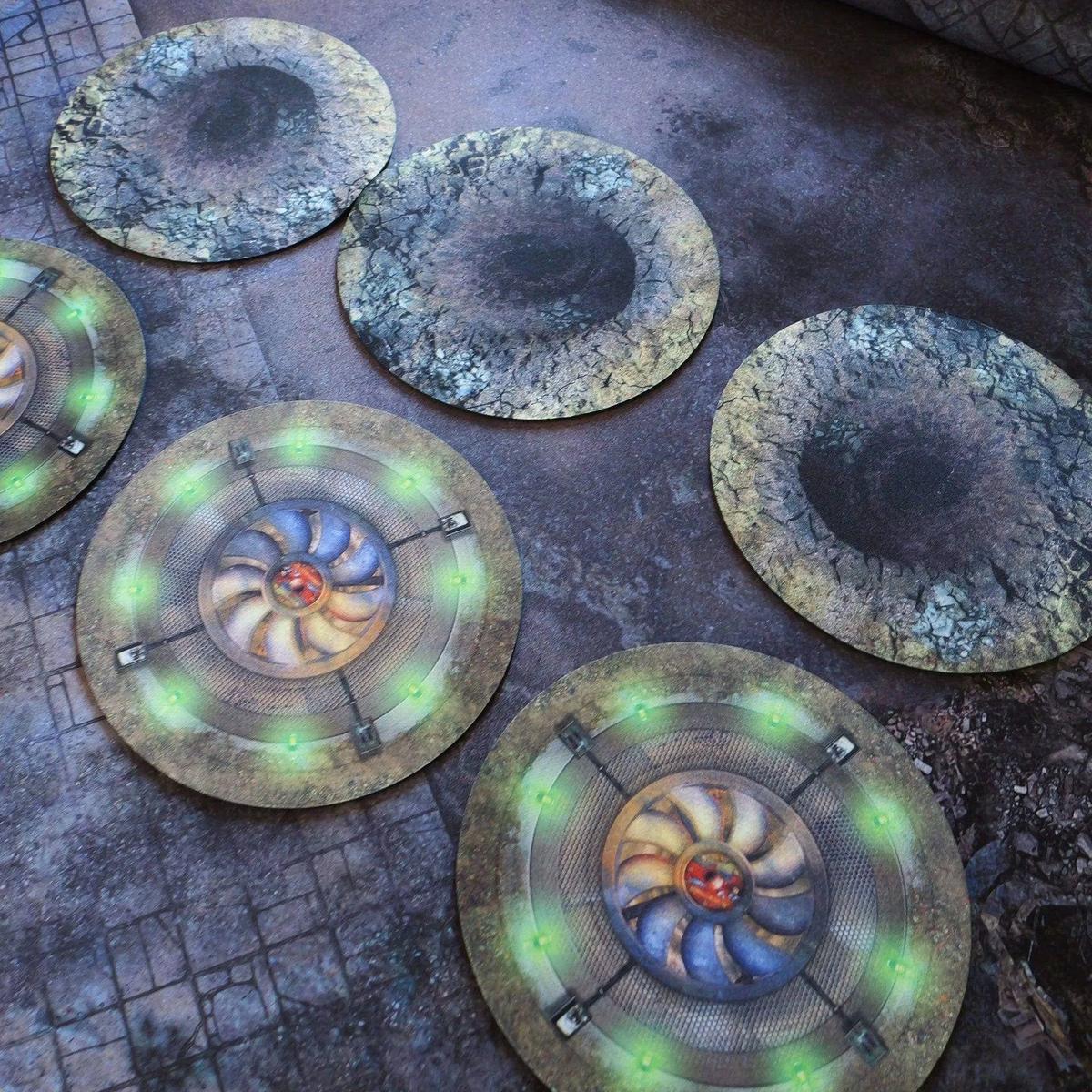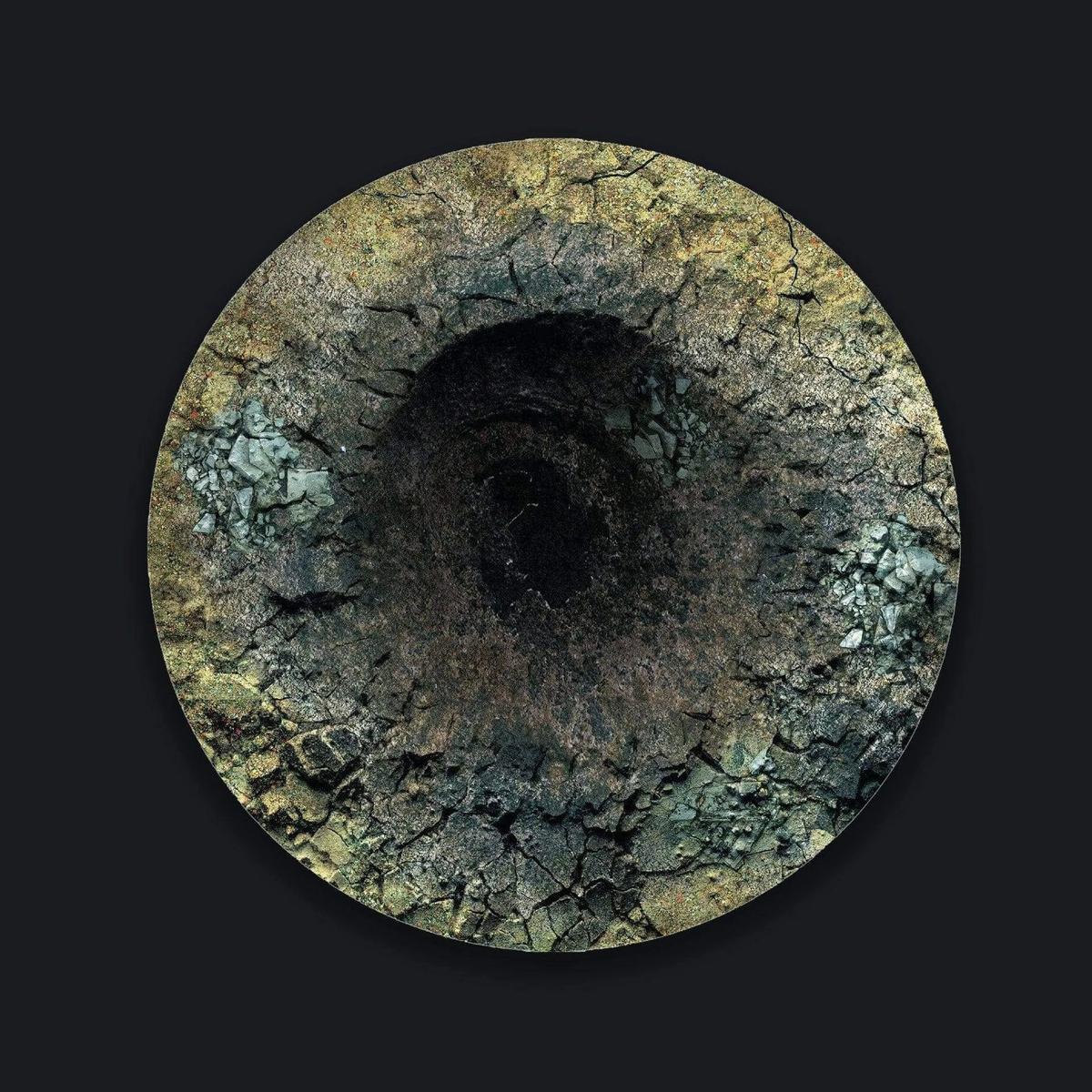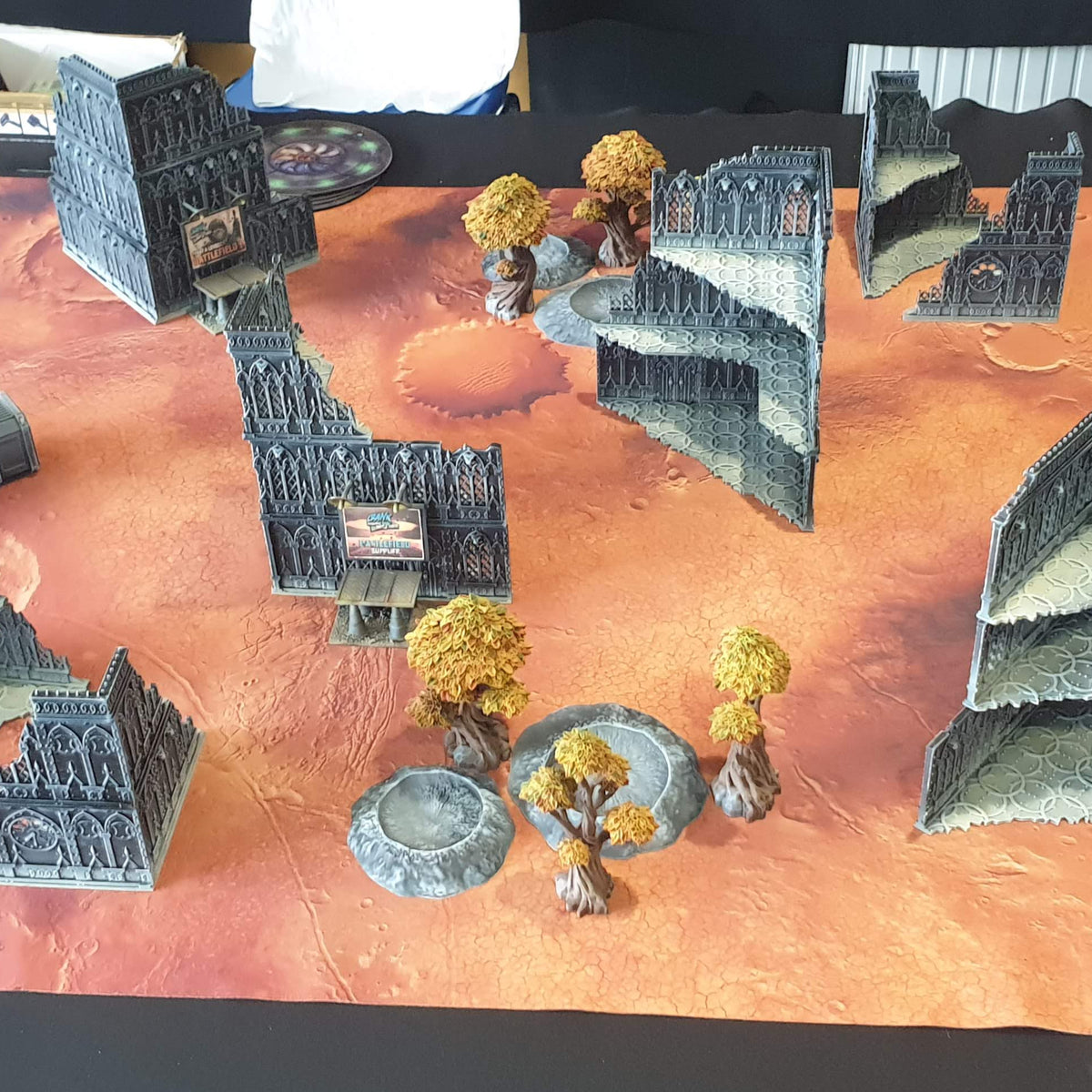Are you undecided between buying official figures from Games Workshop or getting started with 3D printing? Here's a quick summary to help you choose:
- Games Workshop : Ideal for beginners or tournament players. The miniatures are ready to assemble, of consistent quality, but expensive (around €740 for a 2,000-point army).
- 3D printing : Perfect for creators and collectors. It offers unlimited customization and low costs per figurine (€0.90 to €4.50), but requires a high initial investment (€400 to €800) and technical skills.
Summary of key criteria:
| Criteria | Games Workshop | 3D printing |
|---|---|---|
| Initial cost | Low (85-130 €) | High (€400-800) |
| Cost per figure | 27-59 € | 0.90-4.50 € |
| Personalization | Limited | Unlimited |
| Quality | Guarantee | Variable |
| Accessibility | Immediate | Requires training |
| Tournament compatibility | 100% accepted | Limited |
Recommended choice:
- Beginners or tournament players : Choose Games Workshop.
- Collectors or creators : 3D printing is more cost-effective and flexible in the long run.
Tip: Consider your skills, budget, and goals before deciding. Each option has its advantages depending on your priorities.
3D printing that can rival Games Workshop plastic
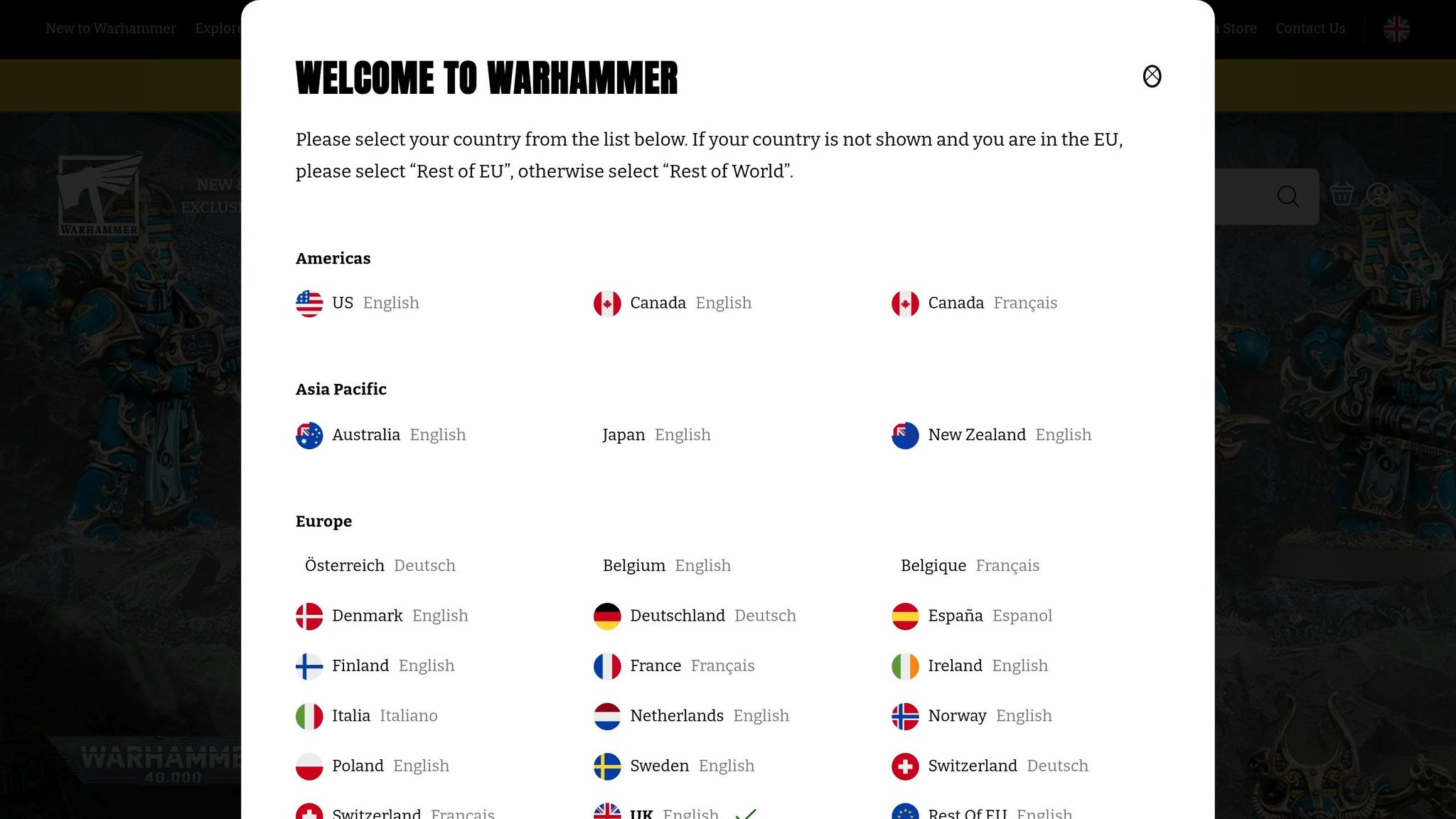
Cost Analysis: In-Store Purchase vs. 3D Printing
After exploring the available options, let's look at the specific costs associated with each method.
Prices at Games Workshop
Purchasing an army directly from Games Workshop involves several expenses:
- Rulebook and codex : up to €45 each
- Basic accessories (dice, tape measure, knife): €16
- Glue : €8
- Base paints with primer : €18
To build a 2,000-point army, the total cost is approximately €740. Here's a breakdown of prices by unit type:
- HQ : €27 per unit
- Troops : €34 per box
- Elites : €45 per box
- Fast attack : €36 per unit
- Heavy duty support : €59 per box
The Combat Patrol boxes, priced at €152, offer a more affordable option for beginners. Additionally, third-party retailers often offer discounts of 10 to 20%.
Costs of Resin 3D Printing
3D printing requires a significant initial investment and technical skills, but it can reduce costs in the long run.
Here are the main costs associated with this method:
- Resin : between €27 and €90 per litre
- Isopropyl alcohol : €18 to €36 per gallon
- UV post-treatment station : €27 to €270
- Power consumption : €0.006 to €0.06 per hour of printing
Monthly maintenance fees range from €18 to €180, including replacement of print beds (€18-45) and fans (€4.50-18).
Cost comparison table
| Category | Games Workshop | 3D Resin Printing |
|---|---|---|
| Initial investment | 85-130 € (basic equipment) | 400-800 € (printer and equipment) |
| Cost per unit | 27-59 € | 0.90-4.50 € |
| Annual maintenance cost | Minimal (painting) | 216-2 160 € |
Once the initial investment is recouped, 3D printing becomes a cost-effective solution, especially if you plan to create multiple armies. However, it's important to consider the time required to master this technology and optimize overall costs.
Manufacturing quality and longevity
Games Workshop Production Standards
Games Workshop miniatures use plastic materials specifically designed to meet the demands of wargaming. These materials ensure high strength , reliable dimensional stability , and excellent paint adhesion , simplifying assembly and customization. Using high-precision injection molds, each miniature boasts crisp, consistent detail , ensuring consistent quality across productions.
3D printing results
In comparison, 3D printing offers a different approach to finesse and durability. This technology allows for impressive levels of detail, with layers as thin as 50 microns . Modern resins, such as "ABS-like" resins or specific blends, have significantly improved the durability of printed models.
"In general, the printing resins I've used so far are comparable to most miniature makers' resins. Yes, they break more easily than metal or plastic, but that's just the nature of resin." - Valander, Dakka Veteran
However, several factors influence the final quality of 3D prints, including UV post-processing , which enhances the strength of the models, and careful calibration of the printer. Light sanding may also be necessary to optimize the appearance of the printed parts.
Quality Comparison Chart
| Criteria | Games Workshop | 3D Resin Printing |
|---|---|---|
| Shock resistance | Excellent | Average to good (depending on the resin) |
| Accuracy of details | 0.25 mm | 0.05 mm |
| Paint adhesion | Very good | Good (after preparation) |
| Dimensional shrinkage | Negligible | 0.3-0.6% |
| Maintenance required | Minimal | Moderate (calibration, testing) |
To maximize detail and ensure good paint adhesion, using a quality primer remains essential. These quality elements complement the aspects related to cost and customization possibilities, discussed previously.
Template Editing Options
Now that we've assessed costs and quality, let's look at the customization options each method offers.
Games Workshop kit options
Official Games Workshop kits offer a wide range of customization options. For example, Primaris Lieutenant boxes include a variety of equipment options, from weapons to specific accessories. Additionally, Chapter-specific upgrade kits, such as those for the Dark Angels or Black Templars , offer distinctive elements such as heads, relics, and shoulder pads that reflect the visual identity of those factions.
Design freedom with 3D printing
3D printing, on the other hand, opens the door to almost limitless customization. With a resolution of up to 0.05 mm, this technology allows for the creation of unique designs not available in official product lines. However, it requires 3D modeling skills or access to pre-existing files. Examples like StationForge's sci-fi figurines, including the "GrimGuard Scorchers," illustrate the creative potential of this method.
Comparison table of modification options
| Criteria | Games Workshop | 3D printing |
|---|---|---|
| Difficulty level | Simple to medium | Medium to high |
| Completion time | Fast | Variable |
| Tournament compatibility | Guarantee | Limited |
| Necessary tools | Basics | Advances |
These differences in customization come in addition to the cost and quality criteria mentioned above. Figure modification can be categorized into three levels: kitbashing (approximately 25% modifications), minor conversions (26-50%), and major conversions (51-75%). For beginners, it's recommended to start with simple modifications, such as head swaps, using basic tools such as a modeling knife and pliers.
Your choice between these two approaches will essentially depend on your technical skills and your ambitions in terms of customization, while taking into account the financial and qualitative aspects already discussed.
Legal and Community Guidelines
Benefits of official products
Official Games Workshop products provide legal security for players. The company protects its creations with extensive intellectual property rights covering its artwork, characters, stories, and designs. By purchasing these products, players can participate in Games Workshop events without restrictions.
| Event type | Figurine Policy |
|---|---|
| Official GW Tournaments | 100% official figures required |
| Independent tournaments | Varies depending on the organizer |
| Friendly games | Generally more flexible |
| Warhammer World | Only official figurines |
These rules clearly establish the framework for participation in official events and directly influence player choices. However, some flexibility is granted for custom accessories, including the use of 3D printed parts created by the players themselves.
3D Printing Rules
3D printing, while popular, is subject to strict legal constraints. Games Workshop considers reproducing its designs without permission to be a violation of its copyright. In official tournaments, a common rule limits the presence of non-GW plastic to a maximum of 10% per model.
"Reproduction for personal use is not an automatic exemption from copyright protection in many territories worldwide." - Games Workshop Intellectual Property Policy
For gamers using 3D printing, here are some recommendations:
- Check with the organizers for specific rules .
- Create your own designs to avoid any problems.
- Avoid reproducing Games Workshop models .
Some tournaments, particularly those partnered with Games Workshop, impose particularly strict rules. However, independent event organizers are free to set their own criteria. For example, the Akron Brew Brawl 2025 explicitly allows 3D printed miniatures.
sbb-itb-9f5a185
Specificities of the French market
Games Workshop Availability
In France, Games Workshop is accessible through three main channels: official stores , authorized resellers , and online orders . Customs fees are already included for online orders, and delivery times for the European Union vary between 5 and 10 working days.
| Distribution channel | Highlights |
|---|---|
| Official stores | Products available immediately |
| Authorized resellers | Prices often negotiated |
| Online orders | Customs fees included |
French gamers tend to favor local retailers, often a more economical option. This arrangement, implemented after Brexit, guarantees seamless access to Games Workshop products, even for the most dedicated collectors.
3D printing equipment
The French 3D printing market represents approximately 3% of the global market , equivalent to 600 million US dollars in 2023. Major cities such as Paris, Lyon, Toulouse and Bordeaux concentrate the majority of services and distributors.
For 3D resin printing, here is the necessary equipment and its availability in France:
| Equipment | Availability |
|---|---|
| Resin printer | Easily accessible via local distributors |
| Materials (resin) | Well-developed national network |
| Washing and post-treatment station | Available from specialist retailers |
| Space required | Approximately 2 to 3 m² |
France ranks 4th in Europe in terms of additive manufacturing. This positioning is supported by a dense network of distributors, making equipment and consumables accessible to enthusiasts. The market is booming and is expected to reach 848.2 million US dollars by the end of 2025. This democratization of 3D printing opens up new opportunities, particularly for wargaming enthusiasts.
These particularities of the French market directly influence players' choices between purchasing official figurines and 3D printing, taking into account costs and ease of access to the necessary equipment.
Conclusion
The choice between buying miniatures from Games Workshop or opting for 3D printing depends largely on each player's goals and resources. Several key criteria can help inform this decision.
First, the initial investment plays a key role. For example, building a 2,000-point army through Games Workshop costs about the same as purchasing a good-quality 3D printer. For players only looking to build a single army, buying directly remains a financially sound option.
For collectors or those planning to build multiple armies, 3D printing becomes an attractive option. After purchasing the equipment, the cost per figure ranges from €0.90 to €4.50. Here's a summary of typical profiles and suitable solutions:
| User profile | Recommended solution | Main reason |
|---|---|---|
| Starting with a single army | Games Workshop | Quality assured without training |
| Collector of several armies | 3D printing | Long-term profitability |
| Creator or customizer | 3D printing | Complete freedom of design |
| Tournament player | Games Workshop | Compliance with official rules |
This table summarizes the choices based on financial, technical and regulatory priorities.
However, the investment in time and skill should not be underestimated, especially for 3D printing. This option requires a certain technical mastery, but in return offers unparalleled creative freedom. Each option therefore has specific advantages depending on the expectations and priorities of each individual.
Finally, for players in France, it's crucial to check the rules in force at their local clubs regarding the use of custom figurines in competition. This will allow them to adapt their strategy while respecting the game's standards.
FAQs
What are the main technical challenges of 3D printing resin figurines and how can they be solved?
3D Printing Resin Figurines: Challenges and Solutions
3D printing resin figurines can be an exciting adventure, but it comes with several technical challenges. Key hurdles include delicate resin handling, precise printer calibration, and choosing the right print settings. Resin, in particular, is a demanding material that requires specific precautions: wearing gloves, adequate ventilation to avoid fumes, and careful handling to ensure safety.
How to overcome these challenges?
To achieve satisfactory results, it is crucial to follow a few key steps:
- Calibrate your printer : Careful printer calibration ensures accurate prints and reduces errors.
- Choosing the right resin : Choose a resin that meets your expectations in terms of quality, finish and durability.
- Mastering post-processing : After printing, the figures must be cleaned (often with isopropyl alcohol) and then cured under a UV lamp to achieve their final strength.
Fortunately, there are many online resources, such as tutorials and specialized forums, available to guide you through these steps. These communities can be a wealth of information for solving specific problems or improving your techniques.
With a little practice and proper preparation, resin 3D printing becomes an ideal solution for customizing your figurines while keeping costs under control. It's an activity that, while technical, can quickly become a rewarding and creative hobby.
What is the difference in quality between 3D printed miniatures and those purchased from Games Workshop, especially in terms of detail and durability?
The quality of 3D printed miniatures depends largely on the choice of resin and printer settings. With some high-end resins, it's possible to achieve impressive levels of detail and durability that almost rival Games Workshop standards. However, Games Workshop miniatures undergo rigorous industrial quality control, ensuring a consistent finish and exemplary strength.
3D printed miniatures allow for almost unlimited customization, but require technical expertise to adjust print settings and avoid imperfections. In contrast, Games Workshop miniatures are ready-to-use, built to last, and ideal for those who value simplicity and reliability without having to worry about technical aspects.
What are the advantages and disadvantages of buying miniatures from Games Workshop or 3D printing them, and how do I choose based on my gaming or collecting needs?
Buy Games Workshop figurines or 3D print them: which should you choose?
The choice between buying Games Workshop miniatures or 3D printing them depends on your priorities in terms of budget, time, and customization.
Buying from Games Workshop ensures you get high-quality miniatures, ready to paint right out of the box. However, these models can be expensive, often between €10 and €15 per miniature . This is a perfect option if you're looking for a simple and reliable solution without requiring any extra effort.
3D printing , on the other hand, can be much more affordable in the long run. While it does require an investment in a 3D printer and the necessary materials, once you have that equipment in place, the cost per figurine becomes significantly lower. This method also requires a bit of patience, especially for post-processing and painting. In return, it allows you to design figurines that are completely unique and tailored to your needs.
In short, if you value convenience and immediate quality, Games Workshop is the obvious choice. But if you enjoy creative projects and want to reduce your long-term expenses, 3D printing might be the perfect solution.
